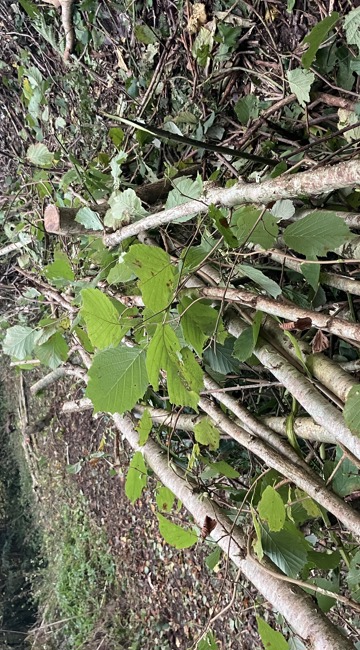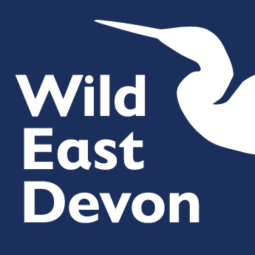Hedgelaying at Knapp Copse: An ancient tradition that benefits wildlife conservation

Nestled in the heart of East Devon is the Knapp Copse Nature Reserve, a beautiful site with a diverse range of habitat including meadow, woodland and mire.
The Wild East Devon Conservation Volunteers have been working with the Countryside rangers to practice the craft of hedgelaying. This ancient technique, dating back hundreds of years, is more than just a practical way of managing boundaries – it’s a valuable tool for restoring habitat for wildlife which may be lost with more modern farming techniques.
What is hedgelaying?
Hedgelaying was traditionally used to contain livestock. Hedgelaying strengthens a hedge, making it more resilient and long-lasting. This traditional craft involves partially cutting and bending stems and branches of a hedge - allowing them to continue growing and encouraging them to send out new shoots. Over time, the stems and branches grow, and the hedge fills out, creating both a field boundary and an important wildlife habitat that encourages biodiversity.
Benefits of hedgelaying
- Shelter and nesting
Laid hedges create valuable habitats. Birds can find nesting sites within the hedge, and small mammals, such as hedgehogs and voles use the hedges as travel corridors and feeding grounds. - Food for wildlife
Over time, laid hedges produce flowers and fruit. Hawthorn and blackthorn berries are an important food source for birds, butterflies, and other pollinators. In winter, a well-maintained hedge can be a lifeline for many species which would otherwise struggle to find food. - Connecting habitats
Hedgerows help to connect landscapes by providing shelter and safety for animals as they move between areas. - Plant diversity
Hedgelaying promotes allows light to reach the base of the hedge. This enables a mix of plant life. In a laid hedge, you can often find species such as ivy, bramble and honeysuckle alongside native trees such as hazel and oak, this attracts an array of insects and pollinators which supports a range of birds and mammals. - Providing materials
Laying a hedge involves removing material to create space. The material removed is used by the Countryside rangers to produce hurdles, fencing posts and dead/brash hedges, as well as providing wood to produce charcoal.
Each year, Wild East Devon volunteers enjoy the challenge of learning or building on their hedgelaying skills. The Countryside Rangers provide the volunteers with the necessary tools and guidance and offer them an opportunity to make a lasting positive impact on the landscape.
If you’re inspired by the idea of getting involved in a volunteering role that supports local wildlife for future generations, please contact the team to find out more: wild@eastdevon.gov.uk
